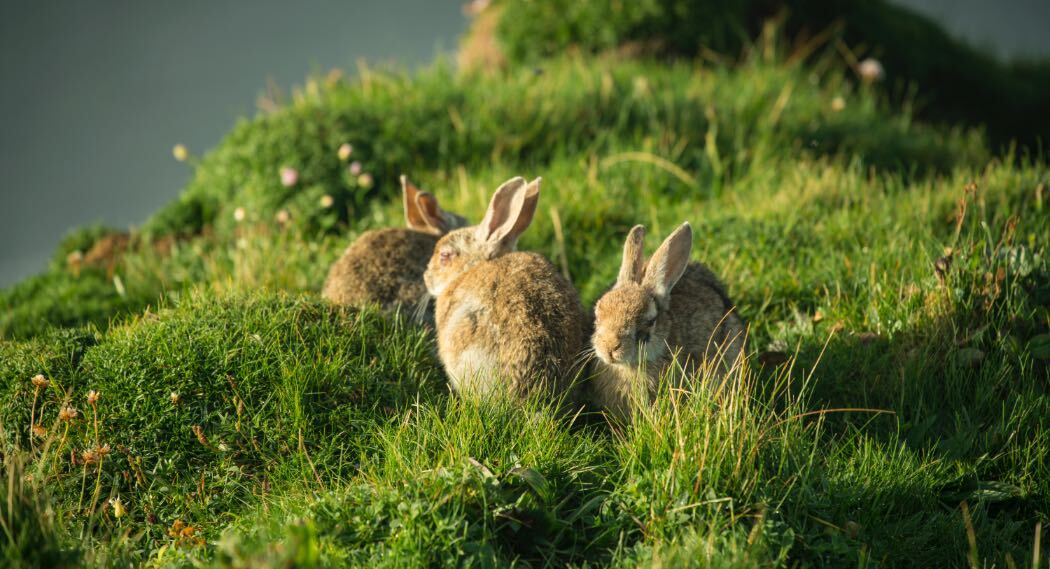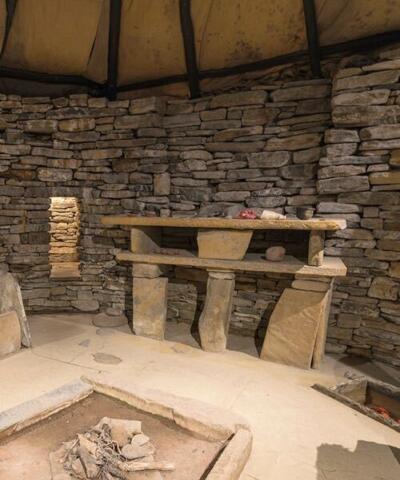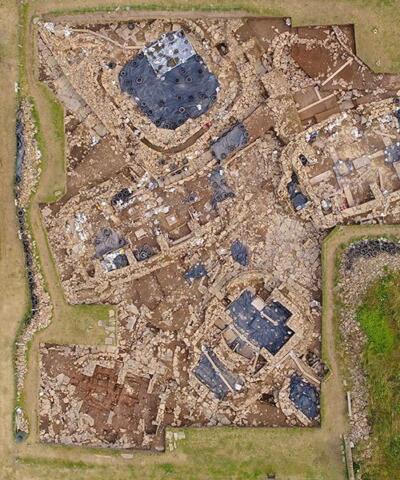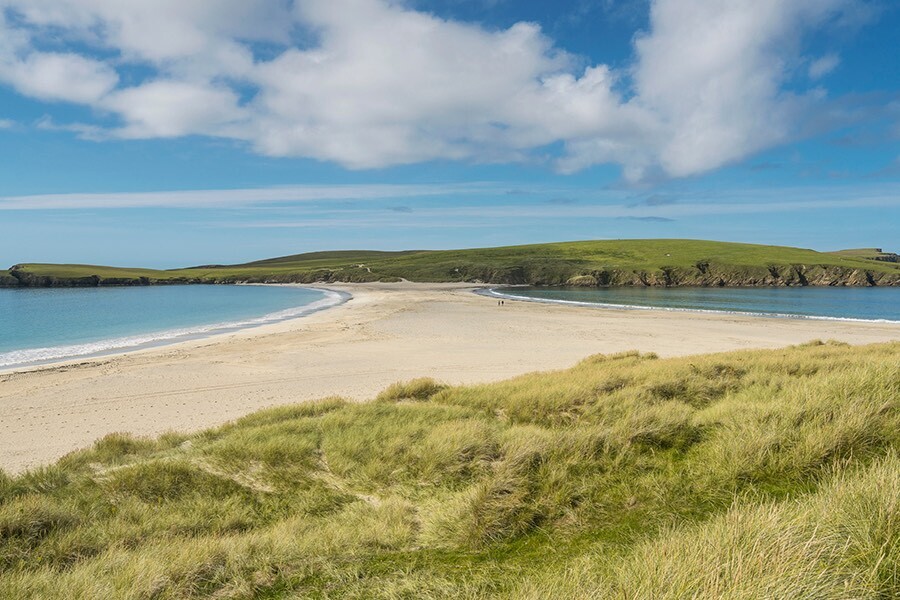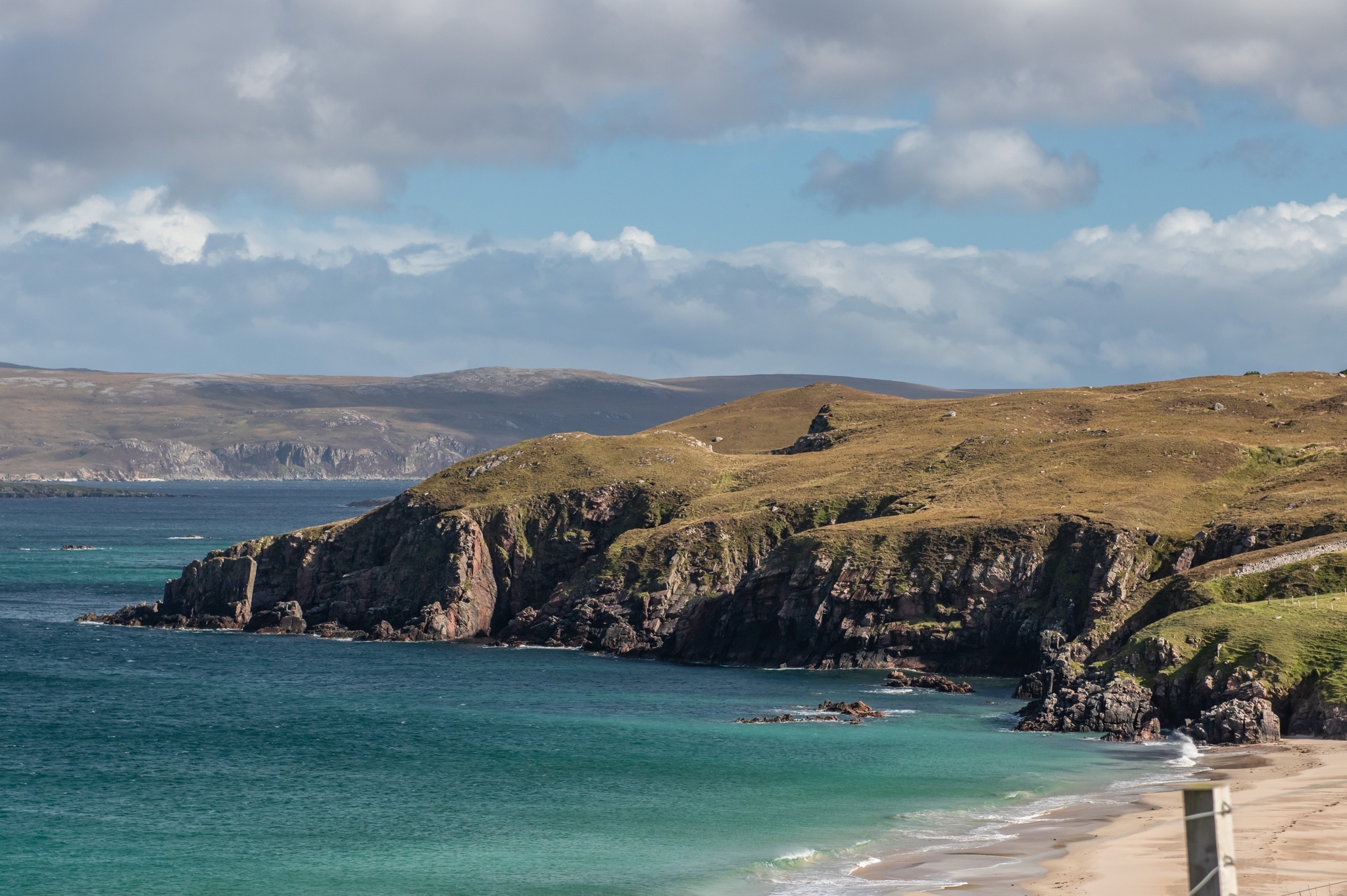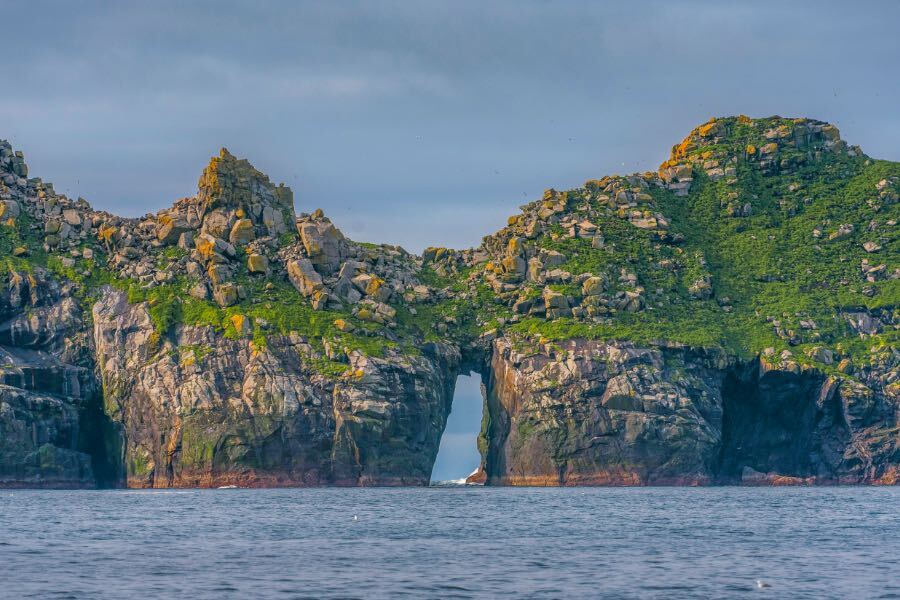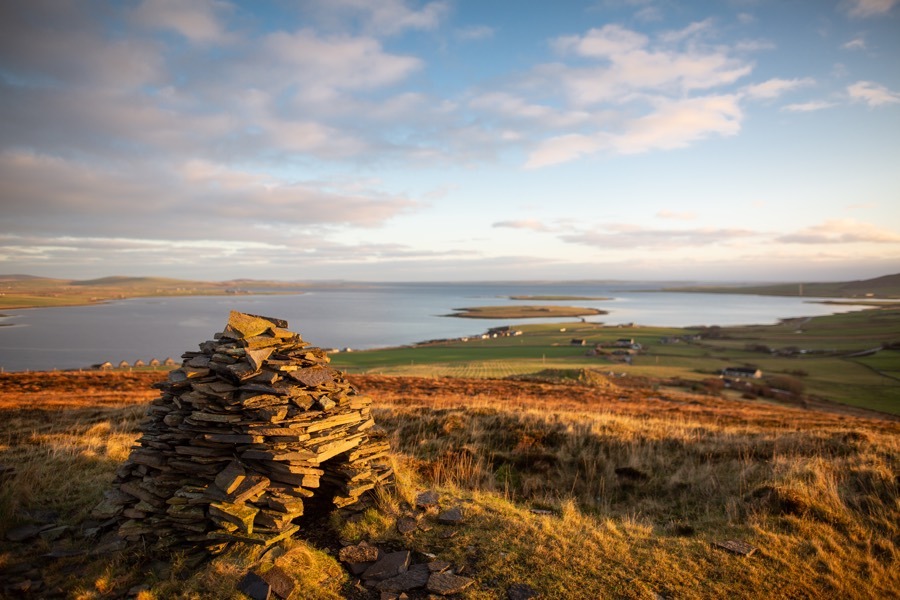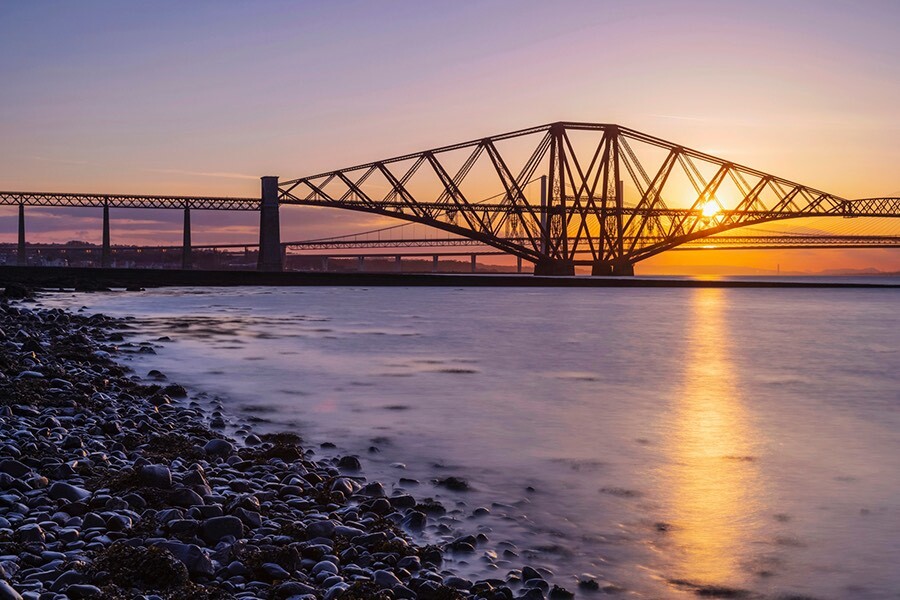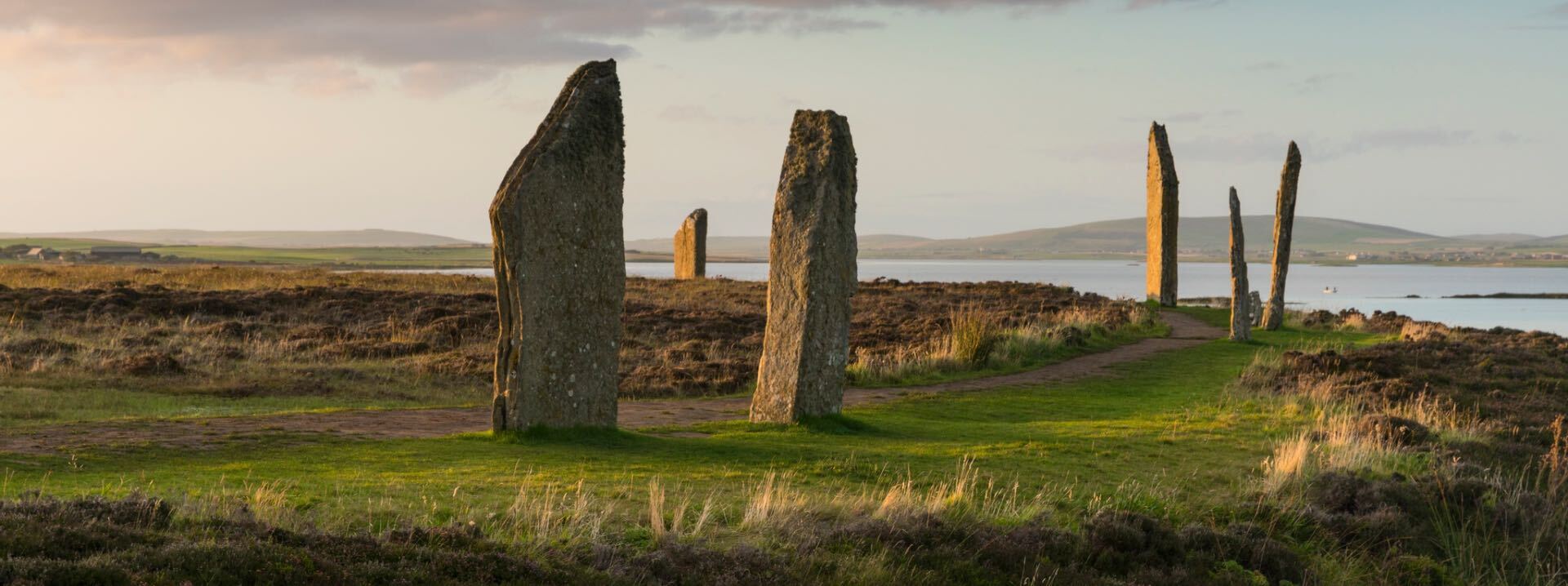
Heart of Neolithic Orkney UNESCO World Heritage Site
Who could ever imagine building a monument and learning it would still exist some 5,000 years later? Thousands of years ago, the prehistoric people of Orkney began building such monuments out of stone. It’s testament to their skills that those domestic and ritualistic monuments still survive today, and we can now use them to get incredible insights into the society and spiritual beliefs of those people.
The Heart of Neolithic Orkney brings together four key sites near Stromness on the Orkney Mainland:
- Skara Brae – a domestic settlement where you can still see the surviving stone walls, passageways and stone furnishings including beds and ‘dressers’
- Maeshowe – this chambered tomb is an extraordinary example of Neolithic architecture. It’s designed so that the light of the setting sun at the winter solstice focuses on the narrow passageway, illuminating the chamber inside
- The Stones of Stenness – the circle and henge* is a very early example of this type of monument. The surviving stones are enormous, standing up to 6 m tall
- The Ring of Brodgar – a great stone circle, about 130 m across. It’s surrounded by a rock-cut ditch and sits in a spectacular setting, a natural amphitheatre of lochs and hills
*A henge is a circular earthen bank with a ditch inside it, and one or more entrances through the bank.
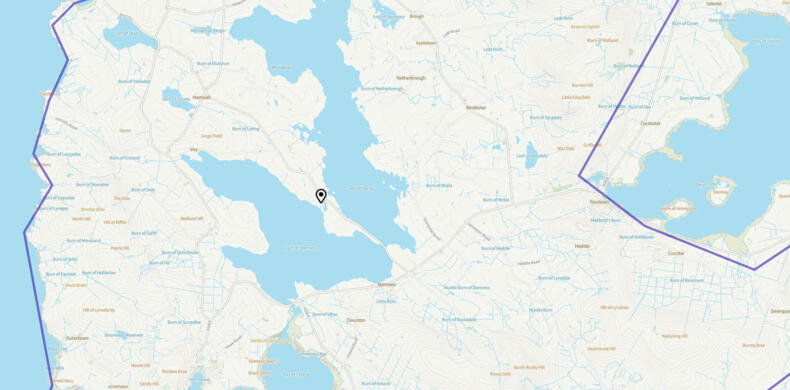
Why you should visit
The Heart of Neolithic Orkney achieved World Heritage Site status in 1999 because it’s an outstanding example of architecture that illustrates a significant stage in human history, a time when the first large ceremonial monuments were built.
But it’s only when you visit in person that you can really appreciate these four sites. Visit the Heart of Neolithic Orkney and you’ll get a real sense of place, as you see how the sites relate to the landscapes around them. You can also take your time, see how the changing light and weather affects them, and imagine what it must have been like to use them on a daily basis, thousands of years ago.
The monuments and buildings of Orkney’s Neolithic are a revelation – the people here were rich in culture and skill, constructing extraordinary monuments and sophisticated settlements. Today the World Heritage Site sits at the heart of a living landscape and a 21st century island community.”
When you visit
You’ll need a few days to really experience the magic and ponder the meanings of the Heart of Neolithic Orkney. But make sure to leave longer to explore the rest of the island, travelling slowly and sustainably, and really uncovering what island life is like in local shops, eateries and in the museums and galleries.
Support local businesses
Scotland's UNESCO Trail is an opportunity to explore the country in a sustainable and responsible way. Browse our Green Tourism businesses in the area including accommodation, attractions, tours and food & drink. These businesses are assessed in a range of criteria from energy efficiency to biodiversity and awarded bronze, silver or gold accreditation.
Best in class
How to visit
You can take public transport up north to the Orkney islands – you can travel to Aberdeen and Thurso by Citylink coach or Scotrail train, or to Gills Bay with Citylink. You can then catch the ferry over to the islands.
There are three ferry routes, with several daily sailings. Pentland Ferries from Gill's Bay to St Margaret's Hope, Orkney (one hour) is the quickest sailing, and the most environmentally-friendly passenger ferry of its type in Scotland, thanks to the new purpose-built catamaran MV Alfred.
You can also sail with NorthLink Ferries for 1.5 hours from Scrabster to Stromness in Orkney, or from Aberdeen to Kirkwall, Orkney for 7 hours and onto Lerwick in Shetland.
During the summer, there is a fourth ferry route for foot passengers from John O’Groats to Burwick.
Planes also fly direct to Kirkwall from Glasgow, Edinburgh, Aberdeen and Inverness with Loganair, with flights lasting up to one hour. There are connections from Birmingham, Belfast City, Bristol, Exeter, Manchester, Newcastle, Norwich and Teesside.
Orkney has quiet roads and an excellent bus and inter-island ferry service, along with an inter-island air service so you can reach all corners of the islands.
You can also hire a car or bicycle, book a taxi or a tour guide.
Find how to travel to Orkney.
Plan your travel around Orkney.
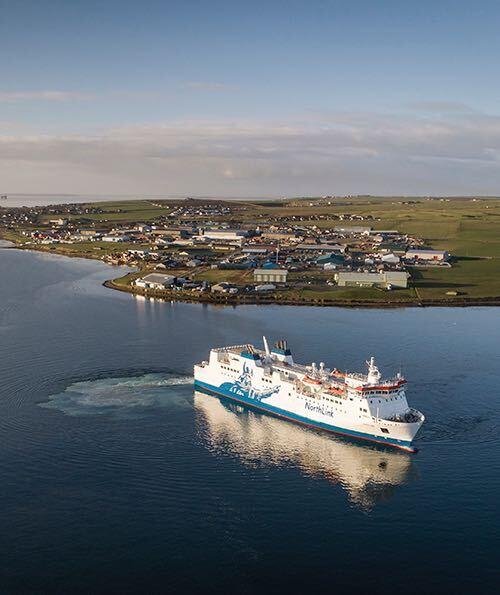
Journeys

Uncover the UNESCO Wonder of Scotland's Northern Isles
The north islands of Scotland are closer than you think, with frequent ferry crossings from the mainland and flight connections to and from Aberdeen and Inverness airports. Once here, getting around by car, foot or bike is a breeze thanks to a superb inter-island ferry network, quiet roads, and regular buses. Discover the best way to explore Shetland and Orkney with information on transport, accommodation, places to eat and attractions.
View JourneyLearn more about UNESCO
The Sustainable Development Goals (SDGs) are an urgent call for action of a global partnership of countries. They recognise that ending poverty and other deprivations works hand-in-hand with strategies to improve health and education, reduce inequality and encourage economic growth, alongside tackling climate change.
All of our UNESCO designations work towards the UN SDGs – this is looking at their work towards three in particular.
United Nations Sustainable Development Goals
Orcadians are keen to share the wonders of this amazing historic site with the world. But it is also a vulnerable place – the monuments themselves are susceptible to physical damage if visited by too many people. This also puts pressure on local services across the island and can impact on the way of life for residents too.
Orkney would therefore encourage its fans to think about staying longer – long enough to be able to explore slowly and really appreciate what it’s like to live on a group of islands. That way you can take your time at the UNESCO site too – really soak up the atmosphere, watch how the changing weather transforms the site and how it all comes to life.
- Find out more from UNESCO about the Heart of Neolithic Orkney.
- Check out all of the UN Sustainable Development Goals.
- Read more about Scotland's UNESCO Trail and watch UNESCO: Explained.
- See how to be a responsible visitor to Scotland.
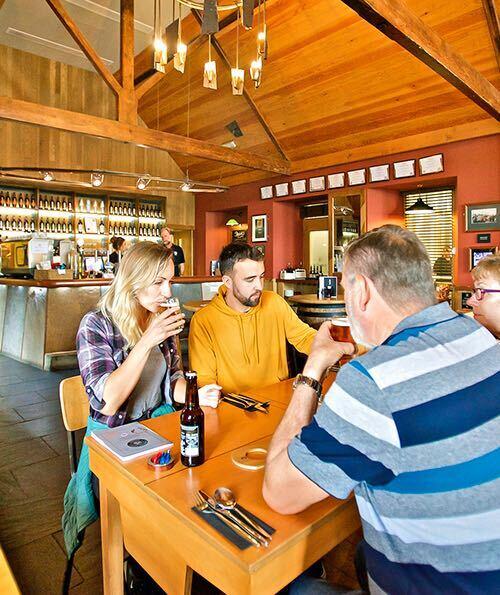
HEART OF NEOLITHIC ORNEY'S SUSTAINABLE DEVELOPMENT GOALS
Here’s how the Heart of Neolithic Orkney is working towards three of the goals.
Goal 4
Quality Education
Free access is given to the sites and their archives and digital resource. The designation works with partners to enhance understanding through digital, and runs a programme of activities through the ranger service, as well as a youth engagement programme focused on wellbeing and skills development.
Goal 11
Sustainable cities & communities
The site is managed in partnership with the local community, ensuring the monuments and their surrounded are maintained and sustained for the future. This reflects the importance the site plays in the landscape and life and culture of those people.
Goal 13
Climate action
Climate change is one of the greatest challenges to this designation, making it the focus of future management plans. The site looks to develop tourism sustainably and contribute to local and national net zero goals.
Useful links
